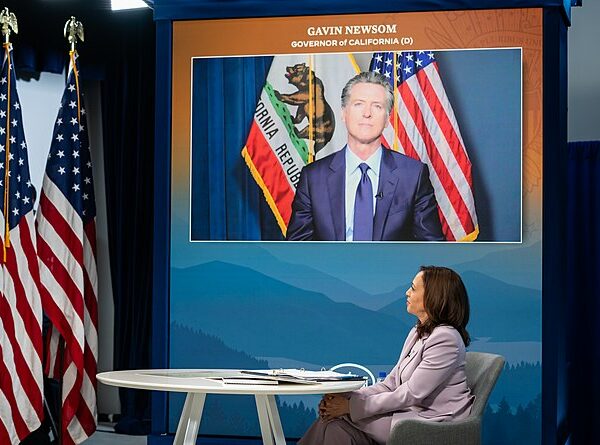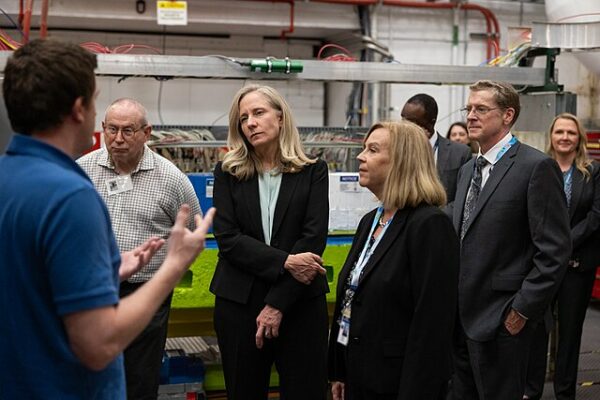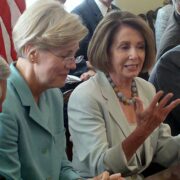
They said it would never be done, but it looks like the tariffs are starting to work as intended. In a move that intertwines industrial pragmatism with political calculus, General Motors announced a $4 billion infusion into its American manufacturing footprint—a decision shaped less by market forces than by the gravitational pull of geopolitical reordering. The investment, unveiled Tuesday, will re-anchor the production of two high-demand Chevrolet models, the Blazer and Equinox, on U.S. soil, retreating from facilities in Mexico that once symbolized the logic of global efficiency, according to a new report from CNBC.
This strategic redirection is neither voluntary nor isolated. It follows the Trump administration’s imposition of a 25% tariff on imported vehicles and auto parts—a policy inaugurated not as a technical correction, but as a frontal assault on the post-NAFTA production architecture that once underwrote Detroit’s comeback. The tariffs, phased in this spring, function less as economic instruments than as ideological declarations: the United States, they insist, will no longer subsidize the industrial rise of its trading partners through passive dependence.
GM’s response is thus as much a concession to political reality as it is a corporate maneuver. “We’re committed to strengthening our U.S. operations,” CEO Mary Barra declared, gesturing toward a renewed faith in “American innovation.”
Barra had previously praised Trump’s tariff plans. “For decades now, it has not been a level playing field for U.S. automakers globally with either tariffs or non-tariff trade barriers,” Barra told The Wall Street Journal earlier in the week.
“I think tariffs are one tool that the administration can use to level the playing field.”
Yet there’s more than just the tariffs driving this move, it’s also a recalibration and a retreat from electric idealism, and in the reassertion of internal combustion as a temporary shelter from uncertainty.
A key element of the plan—retooling the Orion Assembly plant in Michigan to produce gas-powered rather than electric vehicles—reveals this undercurrent. For a company that once declared its EV future with evangelical fervor, the pivot reflects not merely market hesitance, but a dawning recognition that electrification, though inevitable, cannot be rushed through policy fiat or investor whim. Trade disruptions have accelerated the return to industrial fundamentals: steel, wages, engines.
The implications are huge. Job creation—thousands, by initial estimates—may offer political cover for the administration. But more profoundly, GM’s decision signals a possible end to the era in which geography was incidental to production. No longer can firms assume that a part stamped in Monterrey and assembled in Missouri will cross borders without incident. With tariffs ossifying into long-term policy rather than short-term leverage, the rules of engagement have changed.
GM’s stability in the stock market—remarkable in a year of flux—reflects investor confidence in its realism. Barra, never one for rhetorical excess, nonetheless framed the moment aptly: “We’re seizing opportunities… even in a challenging regulatory landscape.” Her language, while corporate, masks a deeper truth—that the auto industry is once again becoming a proxy battleground for competing visions of sovereignty, efficiency, and national identity.
Whether other automakers will follow remains to be seen. But, in GM’s $4 billion wager it appears that Trump’s promise to bring manufacturing back to America is coming true.
[Read More: GOP House Majority Gets Close]











